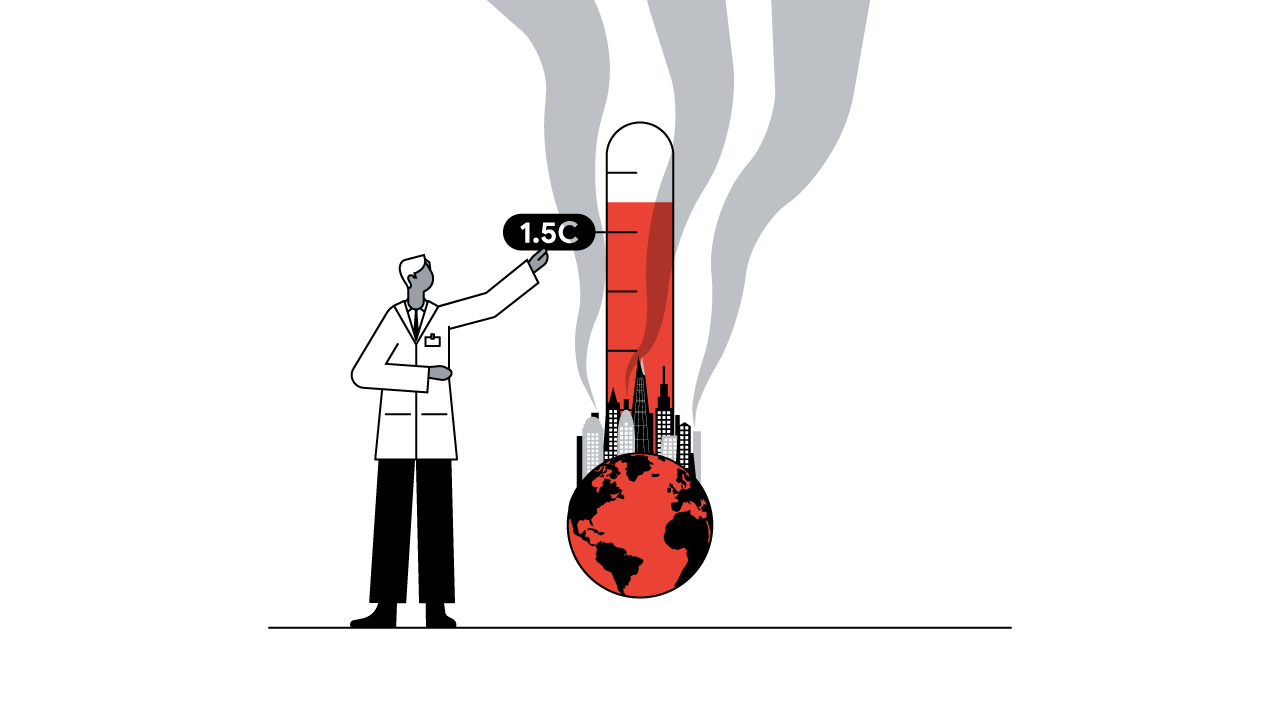It’s no easy feat to stay on top of consumers’ minds all year round, especially if you’re a brand providing seasonal products. While annual peak moments may come around only once a year, preparations do not start just weeks or months before. They need to happen all year round, so your channels are optimised for the seasonal influx in demand.
Starting with insights on demand
The months leading up to December represent a lot of sales opportunities for all retailers. And for Svet Stromcekov, a Slovakian artificial Christmas tree retailer, this tight shopping period is when the vast majority of all their sales happen.
The retailer used Search insights from Google Trends to better understand demand in their markets. What Svet Stromcekov saw was that consumers were on the hunt for ‘artificial Christmas trees’ (‘umelé vianočné stromčeky’) and ‘Christmas decorations’ (‘vianočné dekorácie’) as early as September, which was a lot sooner than they’d realised.
Searches for 'artificial Christmas trees' (‘umelé vianočné stromčeky’)

With the help of digital agency Visibility, the teams jumped on the first signs of increased search volume and adapted their online marketing efforts to meet demand. They rolled out new marketing campaigns as early as September to gear up for peak sales at the end of November.
“Most competitors don’t start advertising until October, so we decided to make use of this opportunity with Svet Stromcekov — and it paid off,” says Maroš Mokošák, performance specialist at Visibility.
Prepping for that peak season
Investing in brand awareness campaigns in the months leading up to a brand’s peak season, whether this is the holiday season or another moment in the year, is a great way to capture consumer interest. During the summer of 2020, Svet Stromcekov and their agency’s creative team developed three YouTube video ads — reaching three different types of customers they had identified based on site visitors and their specific purchase intentions.
The retailer used Shopping campaigns to fill its product feed with all the necessary information. As a next step, they activated Smart Bidding across all campaigns to optimise conversions. Starting the campaign months before peak season meant there was less demand from competitors and cost-per-click was more cost-efficient.
We learned that more than half of customers come via mobile devices, so it’s important to enhance the mobile version of the website
As a result of revamped advertising, impressions of the search term ‘svet stromcekov’ increased 111%, with a 340% increase in clicks compared to the year before. Revenue increased by 95.3%, and they improved return-on-ad-spend by 108%.
Using downtime to invest in improvement projects
While waiting for the next seasonal moment on the calendar, marketers can use the downtime to take stock and see which areas are in need of improvement. Svet Stromcekov used their slower season to improve the design and speed of their website and mobile experience.
Mokošák explains: “We did some research and we learned that more than half of customers come via mobile devices, so it’s important to enhance the mobile version of the website. We found ways to make it faster and more user friendly as we geared up for peak season.”
On the mobile site, they switched to showing products side-by-side to reduce crawl time on the page. They also added information on product availability, such as whether an item was sold out or had low stock. The teams made adjustments to align branding, showcase certain offers, and reduce load time of product pages — all of which work well on both desktop and mobile.
“2019 and 2020 made us realise how important it is to think about seasonality as a full year round concept,” says Mokošák.
Key takeaways for marketers
- Gather insights. Understand demand so you can plan your marketing strategy accordingly.
- Prep for the peak. Ramp up marketing efforts in line with heightened consumer demand.
- Make use of downtime. There’s a lot that can be done outside of peak season, so use the opportunity to improve results year-round.







